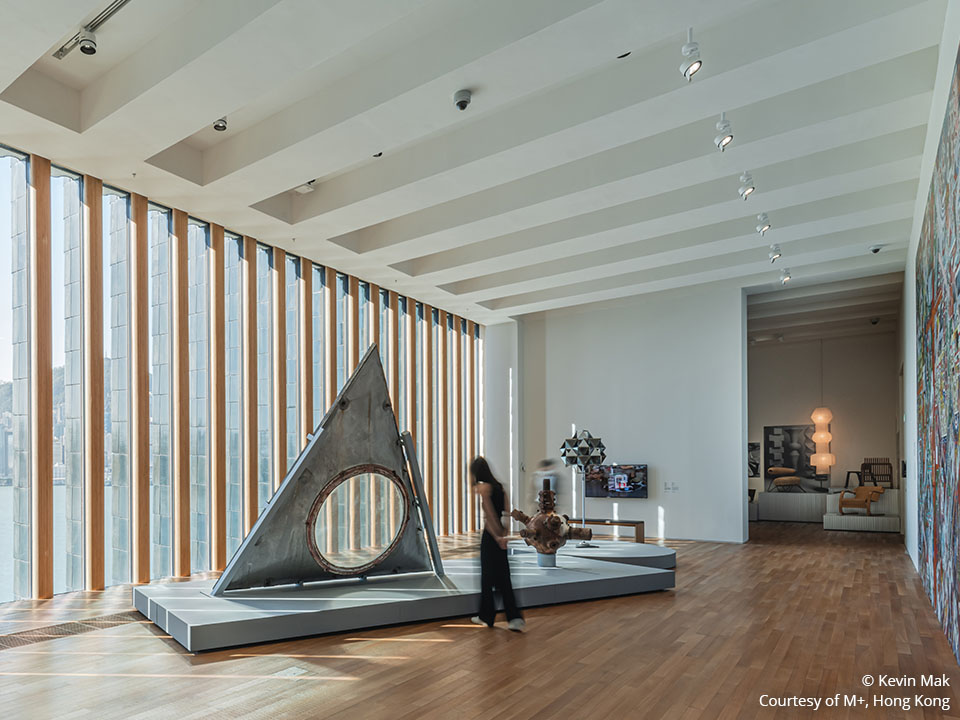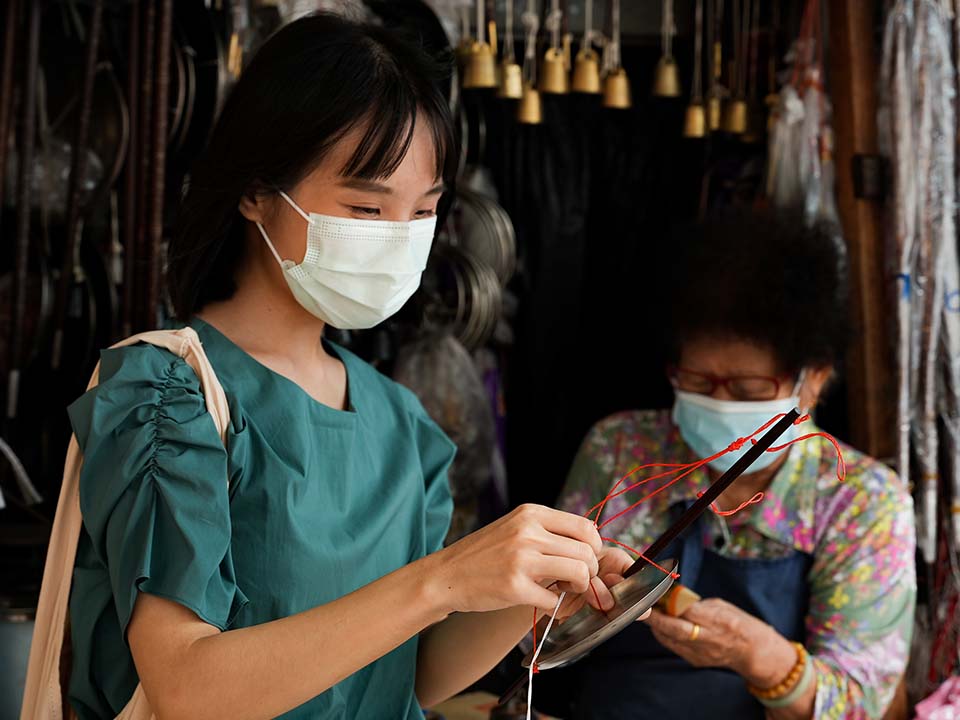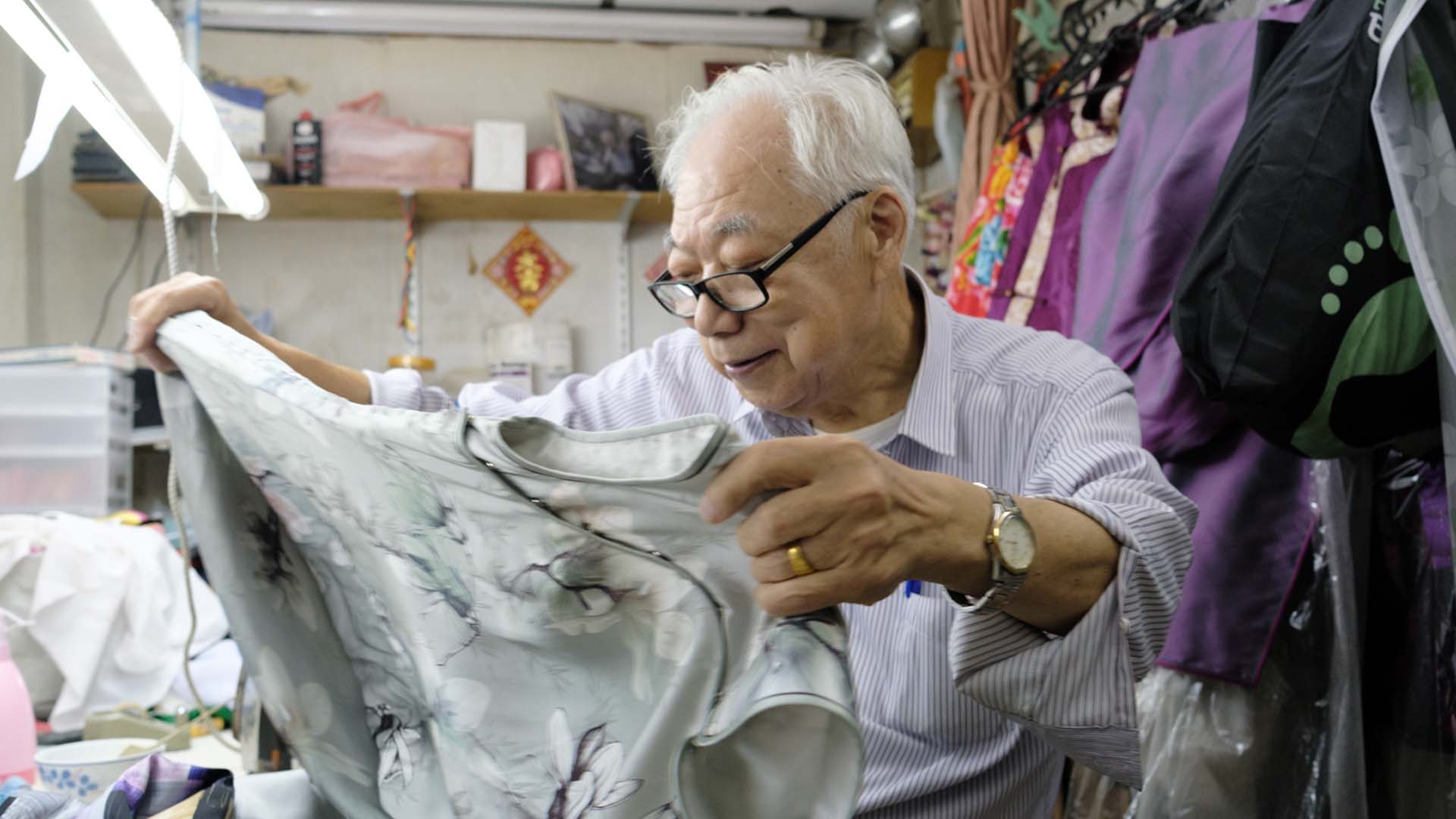
Image credit: Julian Leung Photography
Qipaos are an instantly recognisable part of Chinese culture, ubiquitous in films and television as a symbol of femininity and status. The origin of the qipao dates back to the Qing dynasty (1644–1912), but it wasn’t until the 1920s when it began gaining popularity among Shanghai’s upper classes, and in Hong Kong in the 1960s. Known as the golden age of qipaos, it started due to a massive influx of Shanghainese people into Hong Kong. This iconic time is immortalised by Wong Kar-wai’s landmark film set in 1960s Hong Kong, In the Mood for Love, in which actress Maggie Cheung was featured in more than 20 different qipaos. All of her dresses were made by a talented team of tailors, one of which being Master Yan Ka-man, who also worked with high-end brands like Shanghai Tang and the costume department of Hong Kong’s leading television broadcasting company (TVB), making qipaos for famous local and international actors and actresses such as Tang Wei, Carina Lau, Michelle Yeoh, Lisa Wang, and Law Kar-ying.
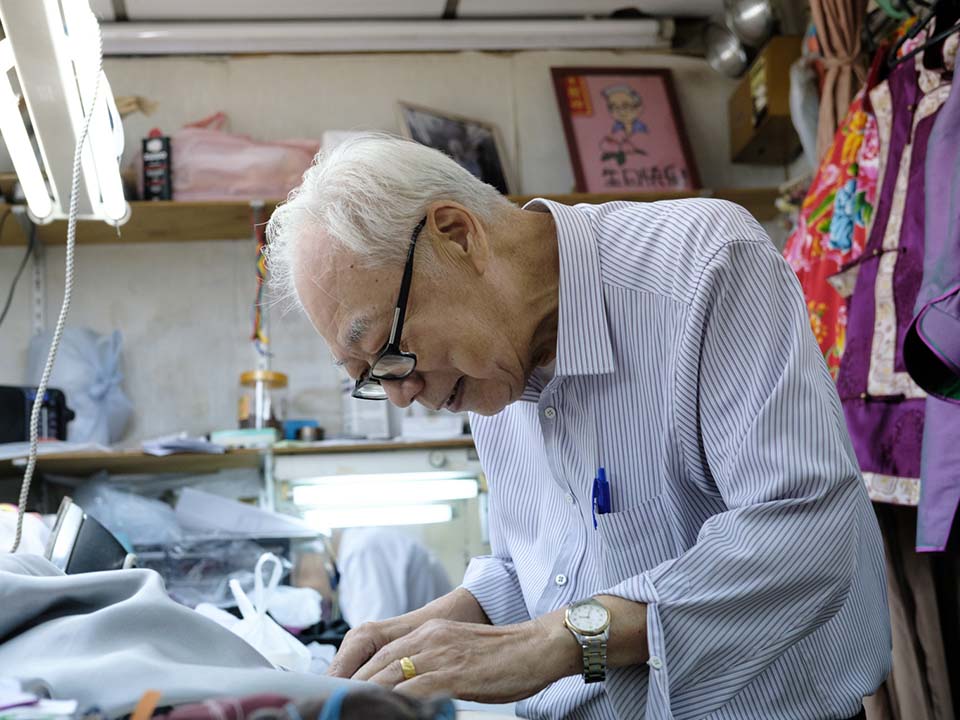
Image credit: Julian Leung Photography
Born in a tiny village in Zhejiang, he had a tough childhood. When he moved to the city in 1951, he found Hong Kong to be full of activity and opportunity. He started apprenticing under his uncle, earning a meagre but serviceable salary. The Jordan area was still underdeveloped at that time, and there were no factories to churn out mass-produced clothing, so people had to make clothes themselves. The wealthier would have qipaos tailored, while the normal folk made simple shirts and pants. During that time, there were many tailor shops on Jordan Road, interspersed with some concession stores and bodegas. They were strategically placed in close proximity to the textile shops on Nathan Road and the now demolished Jordan Road Ferry Pier, so as to attract people who were commuting by ferry to and from Hong Kong Island to tailor qipaos. It didn’t hurt that the area was a major business and shopping district at the time, with Shanghai Street filled with pawnshops, bookstores, and other traditional Chinese trades.
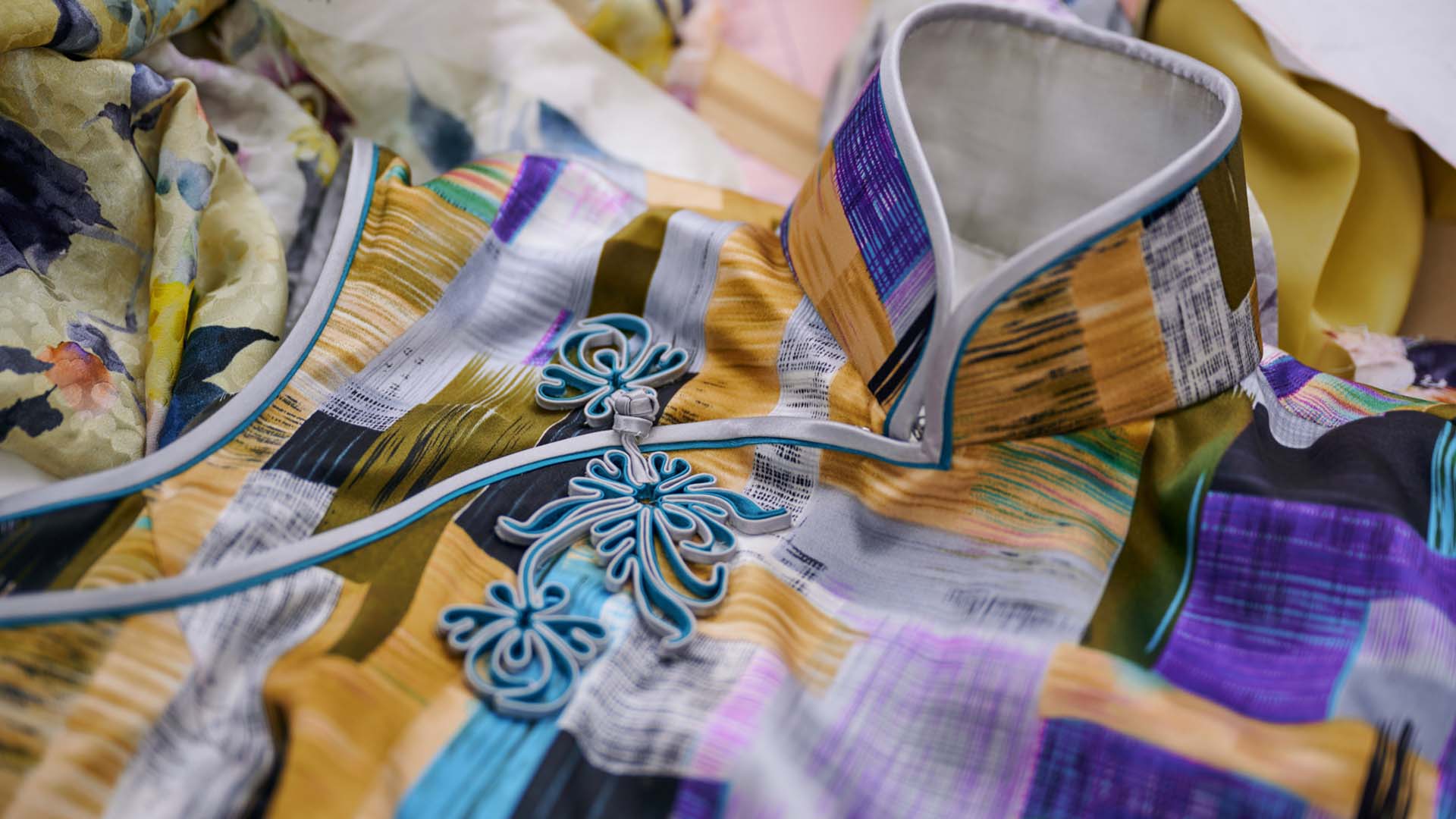
Image credit: Calvin Sit Photography
“Before, I had to make three qipaos a day. Now, I only need to make three every week,” he explains. Unfortunately, not many tailor masters and qipao shops are left today. “In the 50s and 60s, qipaos were very trendy. I don’t think there’s many stores left now,” Master Yan adds. He has a steady stream of regulars, who are mostly from the older generation, but he has been receiving orders from younger clients as well. They mostly come through via referrals from his regulars, soliciting his services for weddings and other formal events.
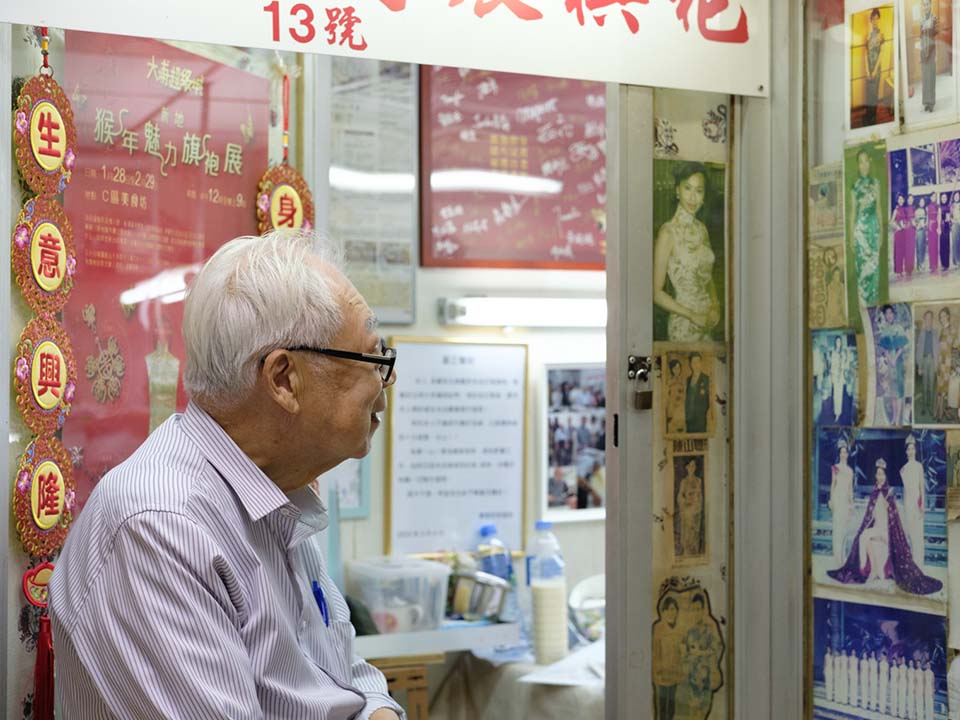
Image credit: Julian Leung Photography
Though Master Yan’s job deeply embeds him into the city’s arts and culture scene, he is content with remaining behind his work bench. He is a man of routine, working all year round. Every morning before work, Master Yan goes on a two-hour hike of Tseung Kwan O’s Ducking Hill, before taking the MTR to Jordan. Just next door to his shop is his favourite restaurant where he gets the daily set of a fried egg, toast, and macaroni. He also frequents a nearby cafe for a filling bowl of soup noodle. He does not seek fame or fortune, just purpose.
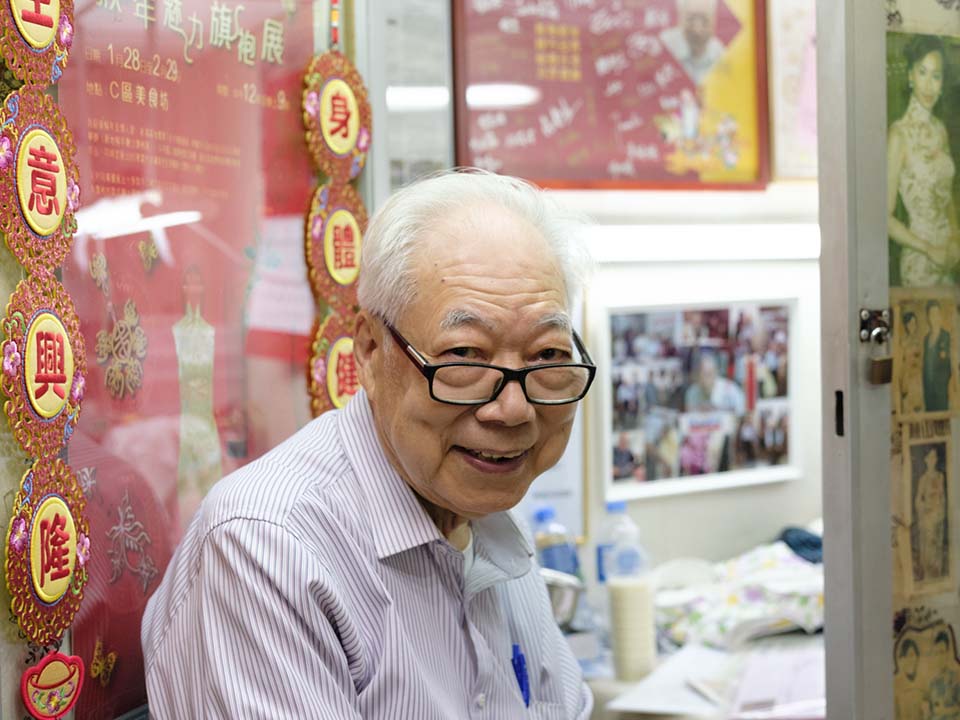
Image credit: Julian Leung Photography
“We just do the work. What’s the point of being famous?” he reasons. This is the attitude of old-timey artisans, who often ply away at their chosen craft for their whole life without complaint. Many traditional crafts in the area are in danger of fading away, but thankfully, Master Yan hosts regular workshops for budding tailors keen on continuing the time-honoured tradition of qipao making. His students have gone on to make modern interpretations of the qipao, ushering in a new age of local fashion that combines classic and modern styles, a phenomenon that reflects the characteristics of West Kowloon as well. In this way, a valuable piece of history is preserved, and woven seamlessly into modern times.
Information in this article is subject to change without advance notice. Please contact the relevant product or service providers for enquiries.
The Hong Kong Tourism Board disclaims any liability as to the quality or fitness for purpose of third party products and services; and makes no representation or warranty as to the accuracy, adequacy or reliability of any information contained herein.




